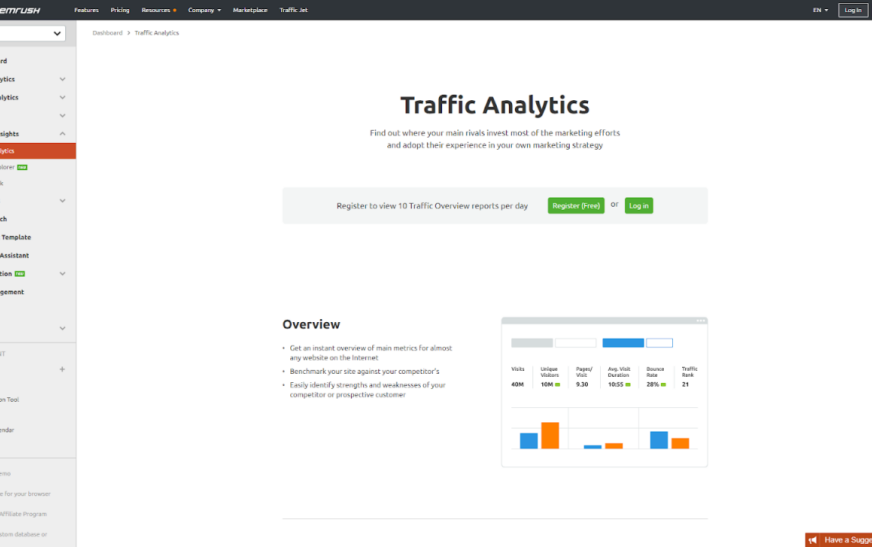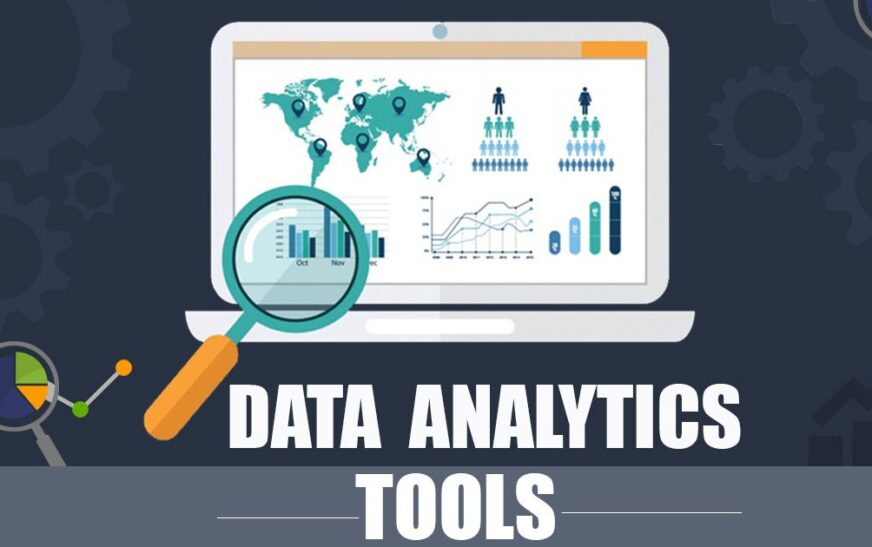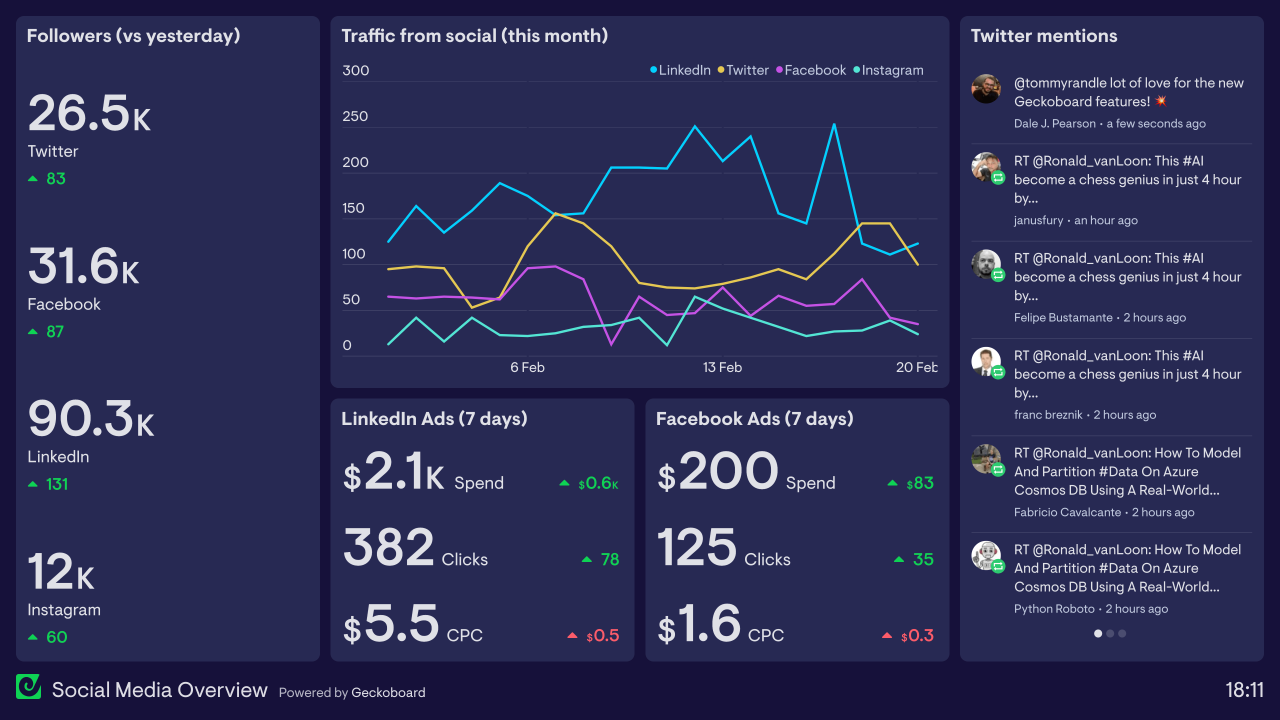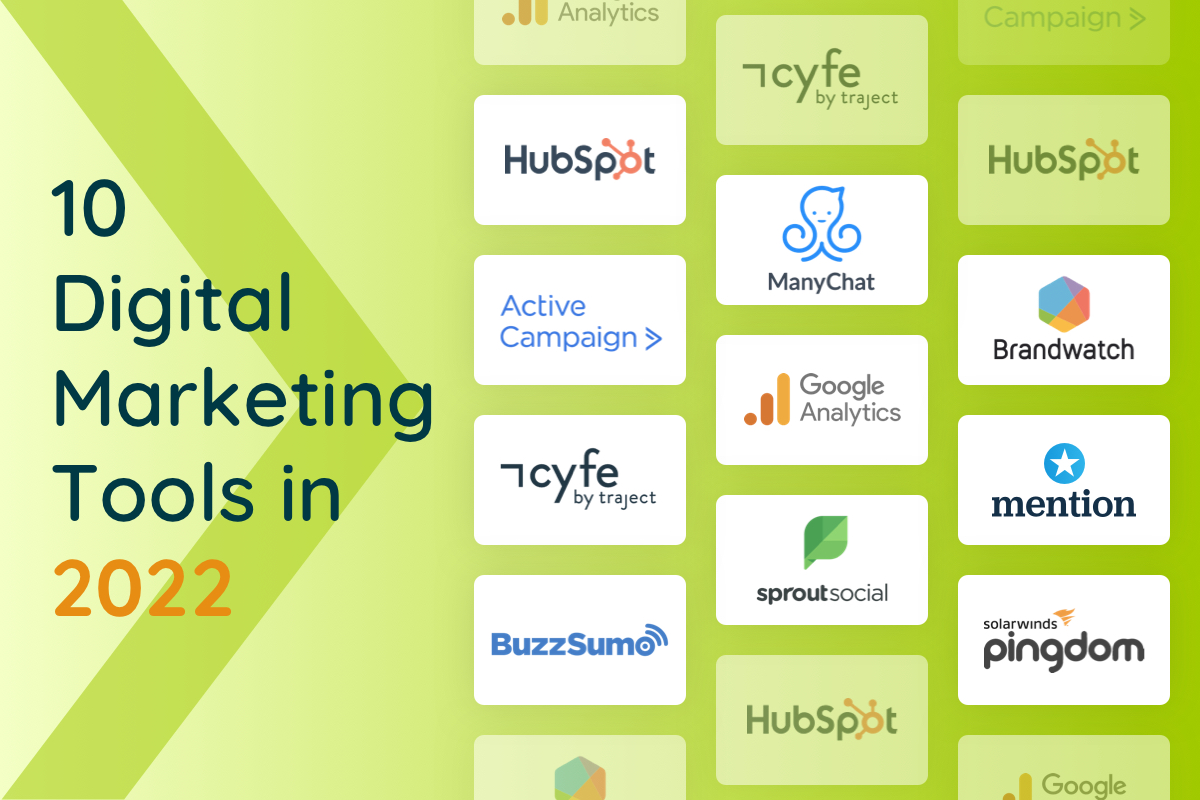Using Digital Tools to Track and Analyze Website Traffic – Embark on a journey of utilizing digital tools to track and analyze website traffic, uncovering valuable insights to enhance online presence.
Exploring the realm of website traffic analysis opens up a world of possibilities for businesses striving to optimize their digital footprint.
Importance of Website Traffic Tracking
Tracking website traffic is crucial for any online business or website owner. By monitoring the number of visitors, their behavior, and interactions on your site, you can gain valuable insights that can help you make informed decisions to improve your online presence and achieve your goals.
Benefits of Analyzing Website Traffic Data
- Understanding audience demographics: Analyzing website traffic data can help you identify the demographics of your visitors, such as age, gender, location, and interests. This information can be used to tailor your content and marketing strategies to better target your audience.
- Monitoring website performance: Tracking website traffic allows you to see which pages are performing well and which ones may need improvement. By analyzing this data, you can optimize your website for better user experience and search engine visibility.
- Identifying popular content: By analyzing website traffic data, you can determine which content resonates most with your audience. This can help you create more of the content that drives traffic and engagement on your site.
Utilizing Traffic Information for Online Presence Improvement
- optimization: Analyzing website traffic data can help you identify s that drive traffic to your site. By optimizing your content with these s, you can improve your search engine rankings and attract more organic traffic.
- Conversion rate optimization: By tracking website traffic and analyzing user behavior, you can identify areas where visitors may be dropping off or not converting. This information can help you make improvements to your website to increase conversion rates and drive more revenue.
- Social media strategy: Understanding where your website traffic is coming from can help you focus your social media marketing efforts on platforms that drive the most traffic. This data can also help you tailor your messaging and content for better engagement and conversions.
Digital Tools for Website Traffic Analysis
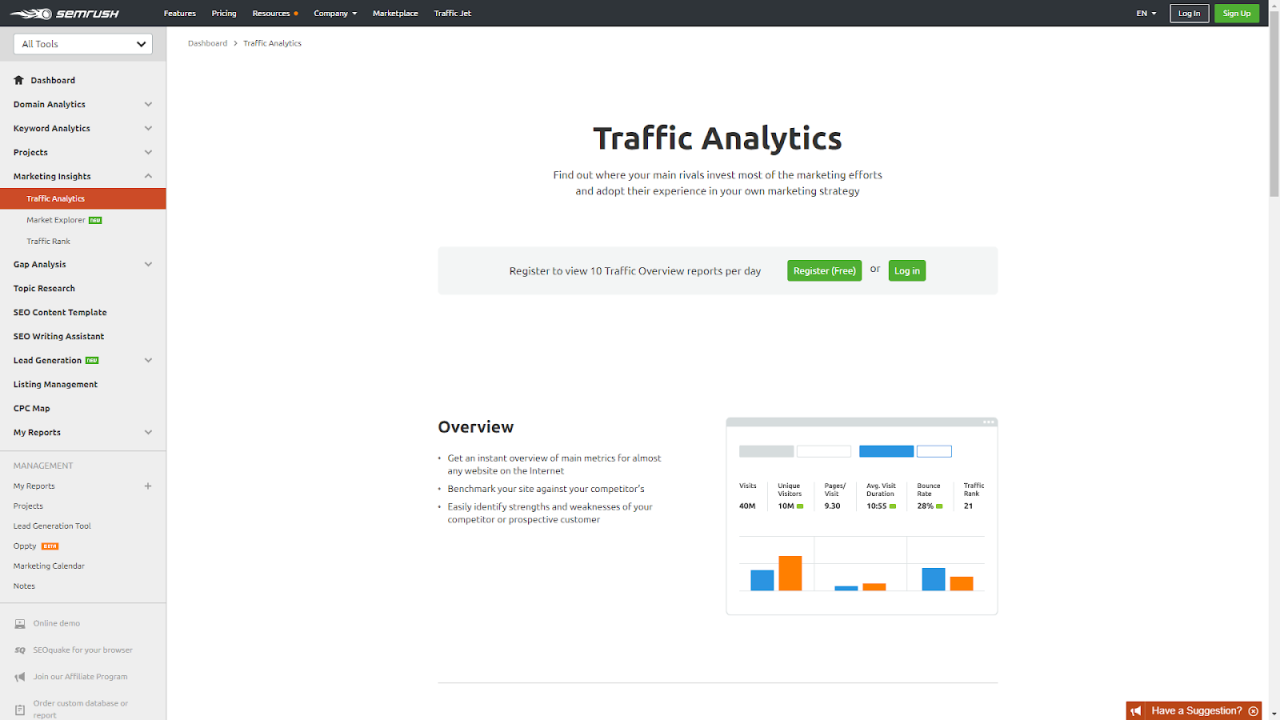
When it comes to tracking and analyzing website traffic, there are several digital tools available that can provide valuable insights into user behavior and website performance. These tools offer a range of features to help website owners make informed decisions and optimize their online presence.
Identifying Popular Tools for Website Traffic Analysis
- Google Analytics: One of the most widely used tools for website traffic analysis, Google Analytics provides detailed data on website visitors, traffic sources, and user interactions. It offers customizable reports and real-time monitoring to track key metrics.
- SEMrush: A comprehensive tool that also includes features for analyzing website traffic. SEMrush provides insights into organic and paid traffic, backlinks, and rankings, allowing users to identify opportunities for optimization.
- SimilarWeb: This tool offers competitive analysis and benchmarking against industry peers. It provides data on traffic sources, engagement metrics, and audience demographics, helping users understand their position in the market.
Features and Benefits of Website Traffic Analysis Tools
- Real-time Monitoring: Tools like Google Analytics offer real-time data on website traffic, allowing users to track changes and respond quickly to performance issues.
- Customizable Reports: These tools provide customizable reports that can be tailored to specific goals and metrics, making it easier to analyze data and identify trends.
- Conversion Tracking: Many tools offer conversion tracking features to monitor user actions on the website, such as form submissions, purchases, or downloads.
Types of Data Gathered Through Website Traffic Analysis
- Traffic Sources: Understanding where website traffic comes from (such as search engines, social media, or referrals) can help optimize marketing strategies.
- User Behavior: Analyzing user interactions, such as page views, bounce rates, and time on site, provides insights into user engagement and website usability.
- Performance: Tools like SEMrush can track rankings and search volume, helping to identify high-performing s for optimization.
Metrics to Monitor for Website Traffic: Using Digital Tools To Track And Analyze Website Traffic
When analyzing website traffic, it is essential to track key metrics that provide valuable insights into user behavior and interaction with your site. Monitoring these metrics can help you make informed decisions to optimize your website performance and user experience.
1. Pageviews
Pageviews refer to the total number of pages viewed on your website within a specific time period. This metric helps you understand which pages are the most popular and engaging for your audience. Increasing pageviews can indicate a higher level of user engagement and interest in your content.
2. Bounce Rate
The bounce rate represents the percentage of visitors who navigate away from your site after viewing only one page. A high bounce rate may indicate that visitors are not finding what they are looking for or that there are issues with your site’s usability or content.
Lowering the bounce rate can lead to increased user engagement and conversions.
3. Average Session Duration
The average session duration shows the average amount of time visitors spend on your website during a single session. A longer average session duration typically indicates that visitors are more engaged with your content. Analyzing this metric can help you identify which pages are most engaging and optimize those that may need improvement.
4. Traffic Sources
Traffic sources categorize how visitors arrive at your website, whether through organic search, direct traffic, referrals, or social media. Understanding where your traffic is coming from can help you tailor your marketing strategies and focus on channels that drive the most traffic and conversions.
5. Conversion Rate, Using Digital Tools to Track and Analyze Website Traffic
The conversion rate measures the percentage of visitors who complete a desired action on your website, such as making a purchase, signing up for a newsletter, or filling out a contact form. Monitoring the conversion rate can help you assess the effectiveness of your website in achieving your business goals and identify areas for improvement.
Strategies for Improving Website Traffic

Increasing website traffic is crucial for the success of any online business. By analyzing data on website traffic, businesses can identify areas for improvement and implement strategies to drive more visitors to their site. Here are some effective techniques for boosting website traffic based on data analysis:
Optimize to Increase Organic Traffic
One of the most important strategies for improving website traffic is to optimize for search engines. By conducting research, creating high-quality content, and improving website structure, businesses can increase their visibility in search engine results pages (SERPs) and attract more organic traffic.
Utilize Social Media Marketing
Social media platforms are powerful tools for driving traffic to a website. By analyzing data on social media engagement, businesses can identify which platforms are most effective for reaching their target audience. By sharing valuable content, engaging with followers, and running targeted ad campaigns, businesses can increase website traffic through social media marketing.
Create Valuable Content for Your Audience
Content is king when it comes to attracting visitors to your website. By analyzing data on user behavior, businesses can understand what types of content resonate with their audience. By creating valuable, informative, and engaging content, businesses can increase website traffic and keep visitors coming back for more.
Implement Email Marketing Campaigns
Email marketing is a powerful tool for driving traffic to a website. By analyzing data on email open rates, click-through rates, and conversions, businesses can optimize their email campaigns to drive more traffic to their site. By sending targeted, personalized emails with valuable content and promotions, businesses can increase website traffic and generate leads.
Final Thoughts
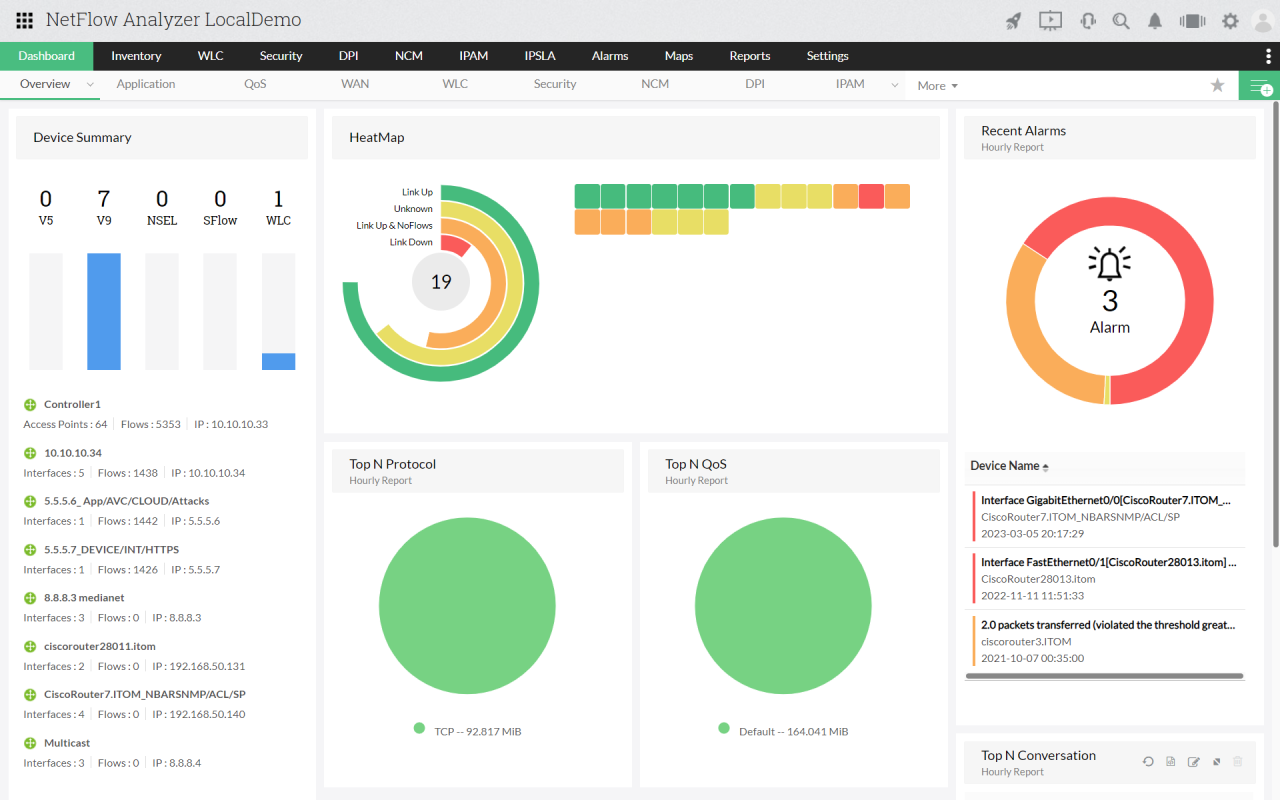
In conclusion, leveraging digital tools for website traffic analysis empowers businesses to make informed decisions and implement targeted strategies for growth and success.

